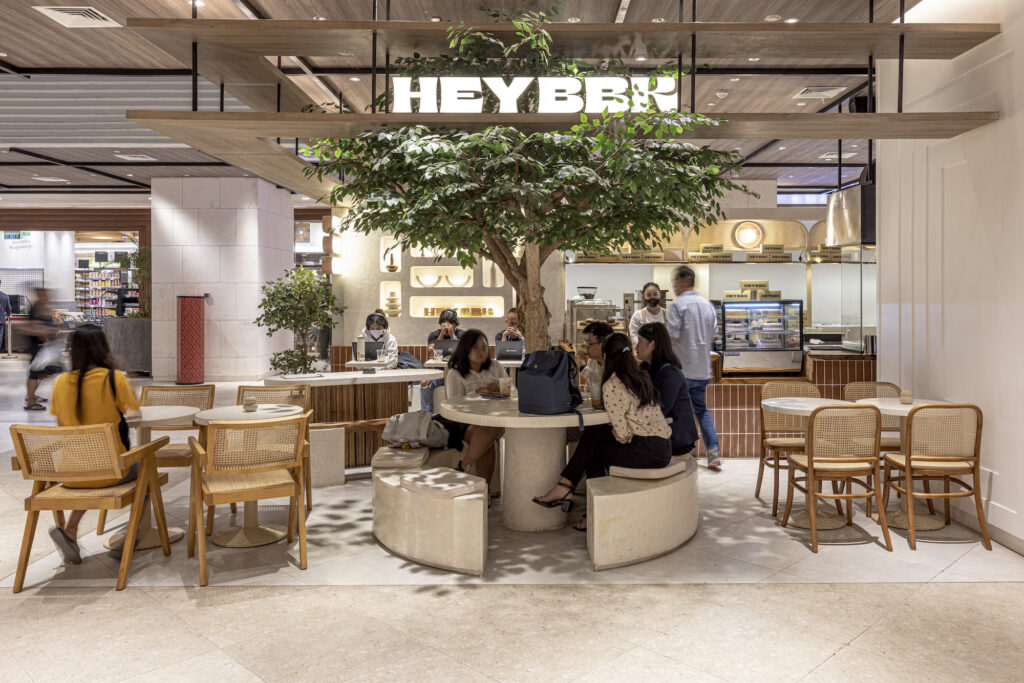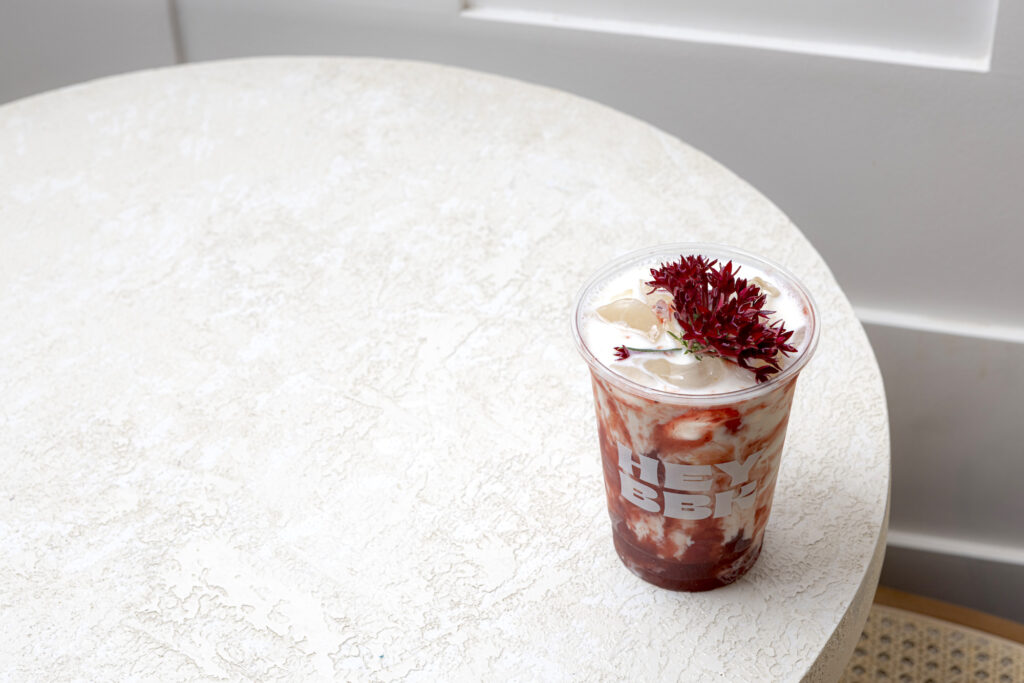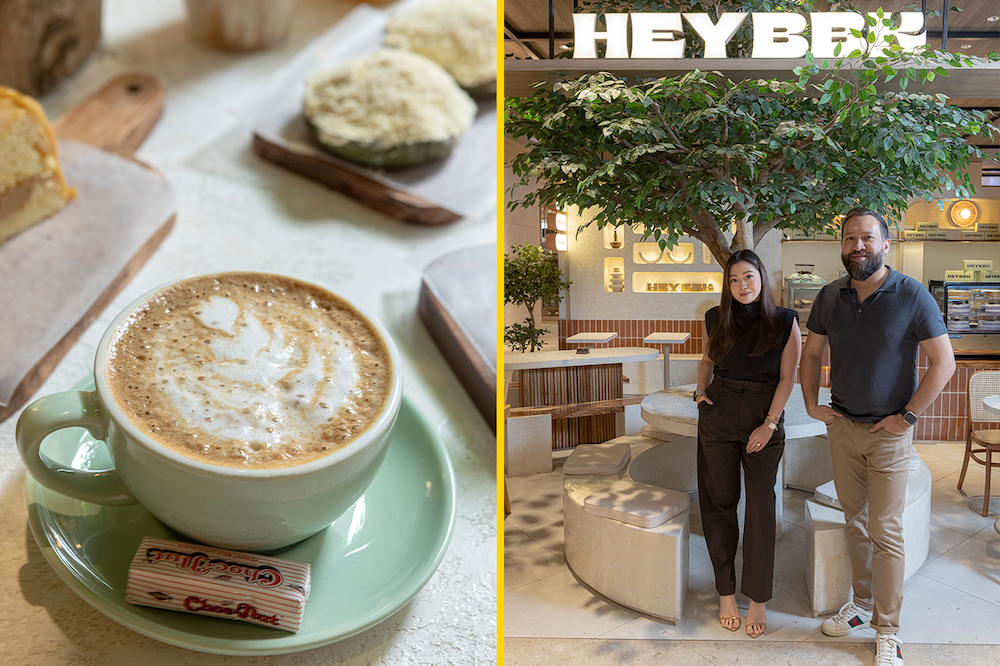When starting an F&B concept, food costing will be an important step in determining your success. BBK Group CEO Rich Sanz, who has around 20 years’ experience developing and scaling his concepts and currently oversees almost 400 stores nationwide, concurs with this sentiment.
“Food costing is probably the most important aspect in the planning stage because if you get it wrong, it’s either you sell your product too expensive and your customers don’t see value in it or you sell your product too low and you don’t make money and your business ends up unsustainable.”
The price tag of a certain dish or cup of coffee entails many considerations; the cost of ingredients is only just the beginning. There are also fixed costs such as rent, electricity, and salaries of the crew that are embedded into the price.
“Food costing is probably the most important aspect in the planning stage because if you get it wrong, it’s either you sell your product too expensive and your customers don’t see value in it or you sell your product too low and you don’t make money and your business ends up unsustainable,” says Rich Sanz.
When Rich started BBK (formerly known as Bibingkinitan) back in 2006, traditional bibingka sold at P80 to P100 each and was usually only available at the end of the year for Christmas. Rich wanted to change that with BBK.
“It was a great innovation at the time,” he says. “Regular bibingka is big so what we did was we made it smaller, more accessible, more affordable and available all year round. So we decided to price it at P20 to make it easy since there’s a P20 bill. So we tried a formulation that would give us good margins—meaning low food costs—and allow it to be profitable and at the same time be able to appeal to the target market we had.”
From the P20 price of each bibingka, he initially targeted 40 percent as food cost. That’s eight pesos for the ingredients (back in 2006) and P12 for fixed costs. “But we realized as time went by everything went up in cost. So to compensate for this, we had to make adjustments little by little. Now our target food cost is 28 percent.”

Rich illustrates this with an example of a cup of coffee at the younger and hipper all-day dining version of BBK called Hey BBK All Day Cafe. “For Hey BBK, we are selling specialty coffee. We put a big importance on our raw materials. Our beans are specialty arabica coffee from Colombia, Ethiopia, and Vietnam. A kilo of these coffee beans is priced at P1,500. A kilo of these beans can make about 50 servings at 18 grams per serving. That’s P30 per serving.”
The P30 per serving is the cost of ingredients and when sold at P110 as an espresso, it fits the target of about 28 percent food cost. This leaves a cushion for your other expenses to keep your business going.
“For a latte, you’ll also need milk. Our full cream milk with 3.5 percent fat is about P95 per liter yielding four servings at 200ml each. That roughly converts to P19 per serving. Your total food cost is about P49. When sold at P165, the food cost sits roughly at 29 percent. This doesn’t include when customers request sugar syrup, extra milk or extra tissue,” Rich explains.

Keeping abreast of current events can also help make informed decisions when setting or adjusting prices. “It’s important to be aware of what’s happening globally to get a global forecast—what’s happening in the US, what’s happening in Europe, what’s happening in Asia. I learned as a habit to monitor the market conditions and be updated,” he says.
According to The Economist, “What made 2022 so unusual was the breadth of price pressures. The global rate of inflation will finish the year at roughly nine percent. For many developing countries, high inflation is a recurrent challenge. But the last time that inflation was so elevated in rich countries was the early 1980s. In America, consumer prices are on track to have risen by about seven percent in 2022, the highest in four decades. In Germany the rate will be closer to 10 percent, its first bout of double-digit inflation since 1951.” Russia invading Ukraine also caused disruptions in the global supply chain, which in turn brought about inflation.
“That same day I talked to the marketing team and told them to change the prices back. We decided to absorb the costs and do only a partial increase. We have to be very agile and flexible when it comes to these things,” says Maxine Sanz about the immediate impact of the price increase.
Chief marketing officer of the BBK Group and Rich’s wife Maxine Sanz recalls when they had to increase prices during last year’s inflationary conditions.
“Last year, I’m sure you noticed a lot of brands were releasing public announcements of price increases. We also did the same when we realized that we really cannot sustain the inflation anymore. The price of everything was increasing—sugar, eggs, butter, dairy, gas, and even paper. The food cost increased to 50 percent, which was really high. Of course you’re also paying rent and all the other fixed costs so we had to recalculate everything to hit the target food cost, which is around 28 percent. So we priced it at that, and we realized how big it impacted our sales the next day. We felt it right away.”


In order to compensate for the sales slump after the price increase, Maxine had to pivot immediately. “That same day I talked to the marketing team and told them to change the prices back. We decided to absorb the costs and do only a partial increase. We have to be very agile and flexible when it comes to these things.”
One factor that controls your food costs that is often overlooked is the source of your ingredients. Suppliers and distributors of raw materials can give you the best deal—if they want to give it to you, that is. Rich learned early on that by establishing rapport and developing a good business relationship with suppliers can help in negotiating better rates to keep your food costs low and even other fixed costs low.
“The challenge is how do you make the supplier believe in you? They will usually wonder if your concept will be around for long. So I learned it’s also a gamble for the supplier to bet on you.”
“Share with your suppliers your plan and your vision with your business. It’s equally important to share your vision not only to your employees but to your suppliers as well so they know where you are headed,” Rich Sanz says.
How can you show that you’re worthy especially if you’re a startup with no connections? “Share with your suppliers your plan and your vision with your business. It’s equally important to share your vision not only to your employees but to your suppliers as well so they know where you are headed,” Rich says. “Build that relationship by being in constant communication and if there’s a problem, communicate right away.”
“Pay on time. That’s the most important thing because that’s how you can build your name and your reputation. The way entrepreneurs and suppliers form your reputation is through your payment habits,” he continues. “I try to get to know the owners and try to talk to them directly. I communicate with them like they are my mentors. I try to learn from them. In the process, they see that you’re sincere or genuinely want to learn and make it. And it builds your credibility over time. When you have that relationship, it’s much easier to negotiate better prices, better deals, and longer terms.”
Although there’s a lot of number crunching involved when developing an F&B concept, it’s not all there is to it. The relationships you make in the industry and how clearly you can communicate your vision to others can be what tips the scales in your favor.





